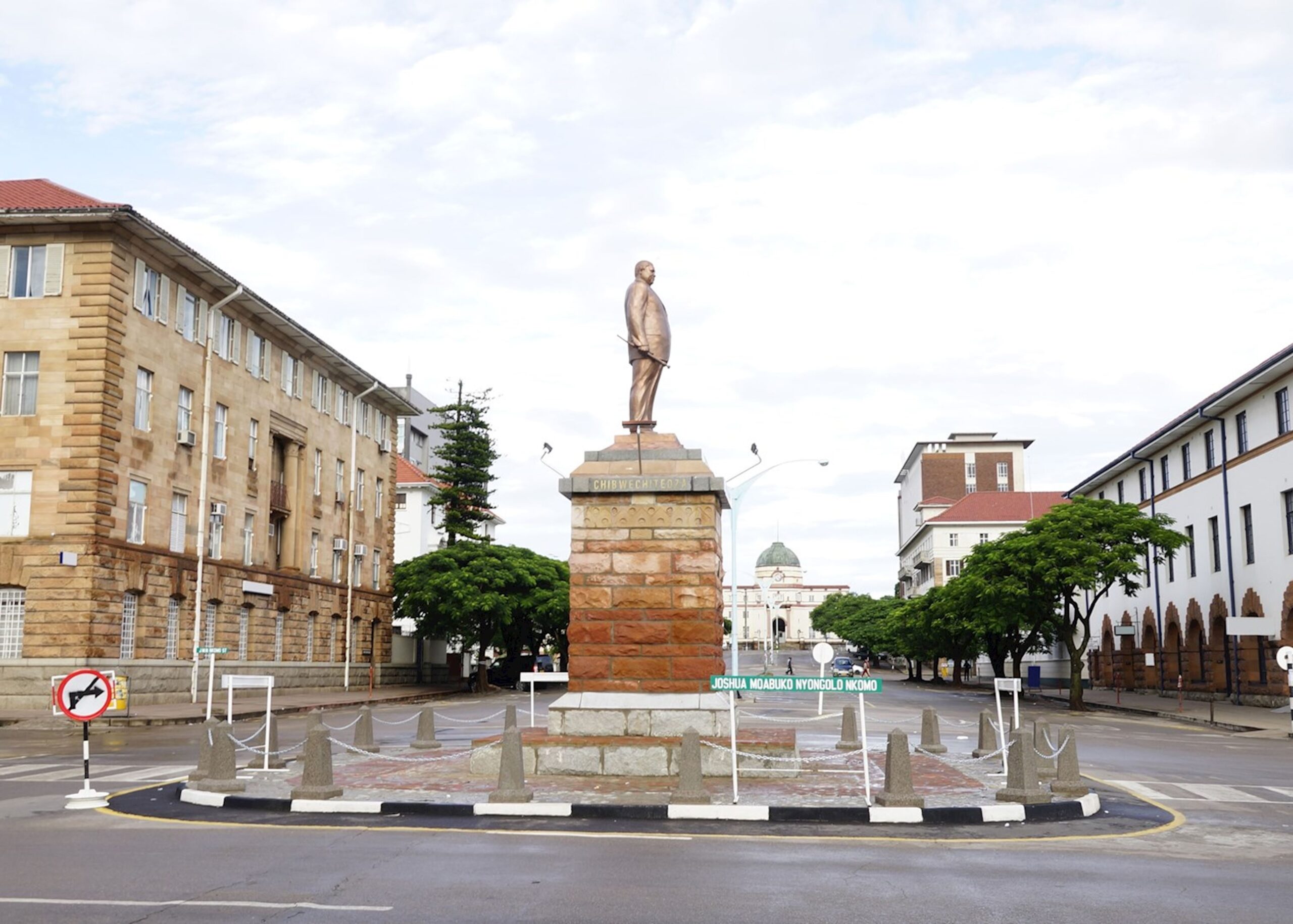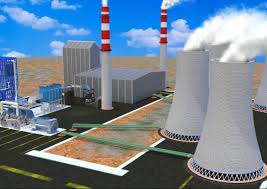Hwange expansion to add 600MW to grid next year
ENERGY and Power Development Minister, Zhemu Soda, has said the Hwange 7 and 8 expansion project is expected to come on-board by July and September 2022 respectively, adding 600MW into the national grid.
The expansion project entails construction of two units of 300MW each, adding to the existing 920MW Hwange Power Station at a cost of US$1,5 billion.
Speaking at an event to commission the Old Mutual Solar Plant, Minister Soda said the envisaged economic growth under the National Development Strategy 1 (NDS1), is premised on the relative energy supply improvement.
“There is no way the economy will grow without growth in electricity supply. Therefore, we are anticipating increased generation at Hwange Power Station with the Hwange 7 and 8 expansion project expected on the grid by July and the other one in September 2022.”
He said there are efforts to rehabilitate Hwange’s other units 1 to 6 that have outlived their life expectancy, but in cognisance of the transition from fossil fuel energy.
The project being carried out by Chinese firm Sinohydro, was initially scheduled for completion by October this year, but progress was slowed as a result of the Covid-19 pandemic, which resulted in low levels of manpower on site as a result of travel restrictions.
Minister Soda said the launch of the Old Mutual Solar Plant comes at a time when President Mnangagwa is representing the nation in a key global conference deliberating on key issues on climate change adaptation and resilience world over.
He said the Government was pleased that companies have headed its call to invest in internal power generation capacity through renewable energy sources and the country remains committed to ensure universal access to clean, reliable and sustainable energy by 2030.
“Our goal is to ensure every Zimbabwean has sufficient reliable energy whether on-grid or off-grid. While traditionally, businesses have been attracted to diesel powered generation, we have identified renewable energy options and the most preferred option is solar which can be stored on roof top or car pots,” he said.
He added that the Government had made efforts in creating a conducive environment for renewable energy sources and in 2020, President Mnangagwa launched the Renewable energy policy, which is key to the attainment of vision 2030.
“Through this policy, my Ministry will continue to incentivise investments in the renewable energy space through tax holidays, duty free importation.
“The policy aims to achieve at least 27 percent of internal power generation coming from renewable resources by 2030,” Minister Soda said.
He said already several independent power projects of different magnitudes have been coming online on the national grid and as of September 31, 2021, a total 52 independent power producers have connected to the national grid.
Minister Soda noted that the Ministry has introduced the electricity net metering for those to feed the national grid in a banking arrangement with ZETDC and the power banked can be withdrawn when needed.
He said through the Rural Electrification Fund, there has been installation of 400 solar mini grids in schools between 2005, and 2014.
Most of them are now being upgraded to ensure they can produce power in line with contemporary requirements.
“The majority will be upgraded from 0,84 KW to 85, or 10 kw depending on institutions, 347 primary schools, 57, secondary schools, and 10 Government institutions will be covered under this upgrade programme which will be running between the year 2021 to 2025,”
Minister Soda indicated that the ministry has concluded the amendments of Statutory 86 of 2018on the net metering regulations and will be published soon.
He said the amendments include increasing the original maximum of 100KWH and will be moved to 5MW. — www.ebusinessweekly.co.zw.









